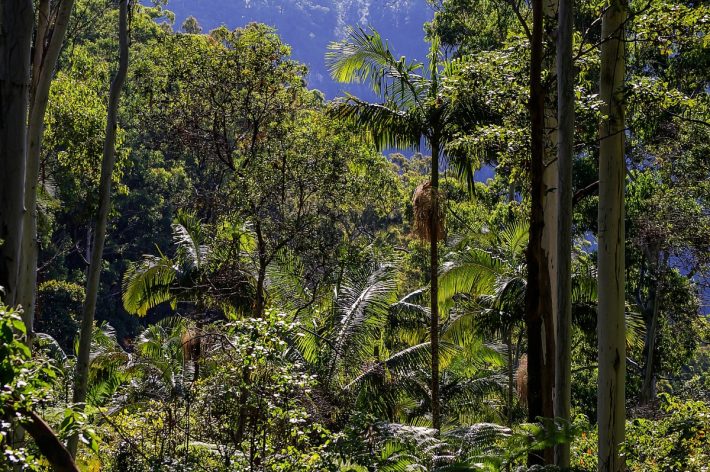New conservation tool calculates the optimal time to spend researching a habitat before protecting it
Deciding when to stop learning and take action is a common, but difficult decision in conservation. Using a new method, developed by researchers at The University of Queensland, The University of British Columbia and CSIRO (Australia’s national science agency), this trade-off can be managed by determining the amount of time to spend on research at the outset. The findings are published in Methods in Ecology and Evolution.

The work provides guidelines on the effective allocation of resources between habitat identification and habitat protection, predicting the optimal time to spend learning even when relatively little is known about a species and its habitat. Determining the optimal timing for habitat protection is vital if we are to ensure effective, long-term protection.
Dr Abbey Camaclang, The University of Queensland and lead author of the study, said: “Habitat protection can be more effective when we know more about species and their habitat needs, but delaying protection to improve our knowledge can result in continued habitat loss and population declines.”
Often ecologists will delay action on the ground to seek more and more data, ignoring the fact that time and money are limited resources in conservation
Using a simple model, the new method calculates how long we should spend improving our knowledge of a species’ habitat before deciding which areas to protect, based upon an estimated rate of habitat loss and speed of acquiring knowledge. The researchers tested the method on two threatened species, the koala and northern abalone (a sea snail). They found that optimal time to spend learning is short when the threats are high. When habitat loss is low, the species benefit from greater knowledge, leading to an increased proportion of the species’ habitat being protected.
Dr Camaclang explained: “Delaying habitat protection to improve our knowledge may sometimes be beneficial, but it is often better to protect habitats immediately rather than wait for more information when rates of habitat loss are high.”
Professor Possingham, one of the co-authors at The University of Queensland, added “All too often ecologists will delay action on the ground to seek more and more data, ignoring the fact that time and money are limited resources in conservation.”

Protecting habitat is the most valuable action for conservation, but it requires understanding the habitat requirements for the species of interest. Timely decisions can save species from extinction, but acting too soon might lead to protecting the wrong habitat – a costly decision that is often irreversible.
The optimal timing for habitat protection also depends on the amount of non-habitat we can afford to protect. Any land that is incorrectly identified as habitat and protected unnecessarily can lead to conflict with other land uses.
The new method developed in this study has potential to be used in other areas of conservation decision-making. For example, to minimize the impact of harvesting wild plants and animals or manage the detrimental effects of invasive species. The approach can also be built on further, to provide guidance on optimising on-the-ground surveys, thus enabling conservationists to use time and funds most efficiently.
You can read full article here:
Camaclang, A. E., Chadès, I., Martin, T. G., & Possingham, H. P. (2021). Predicting the optimal amount of time to spend learning before designating protected habitat for threatened species. Methods in Ecology and Evolution, 00, 1–12. https://doi.org/10.1111/2041-210X.13770
Media contact:
Emma Cartledge
Press Intern
press@britishecologicalsociety.org
Like what we stand for?
Support our mission and help develop the next generation of ecologists by donating to the British Ecological Society.